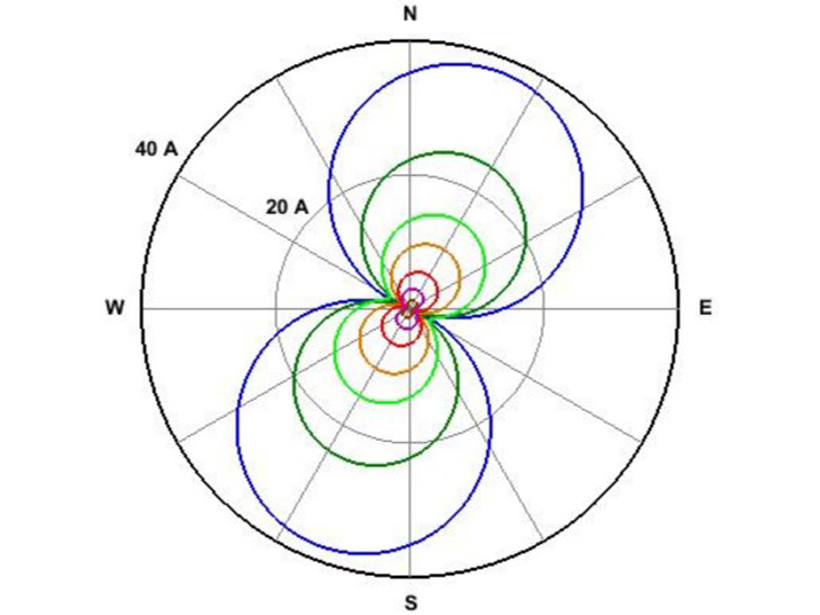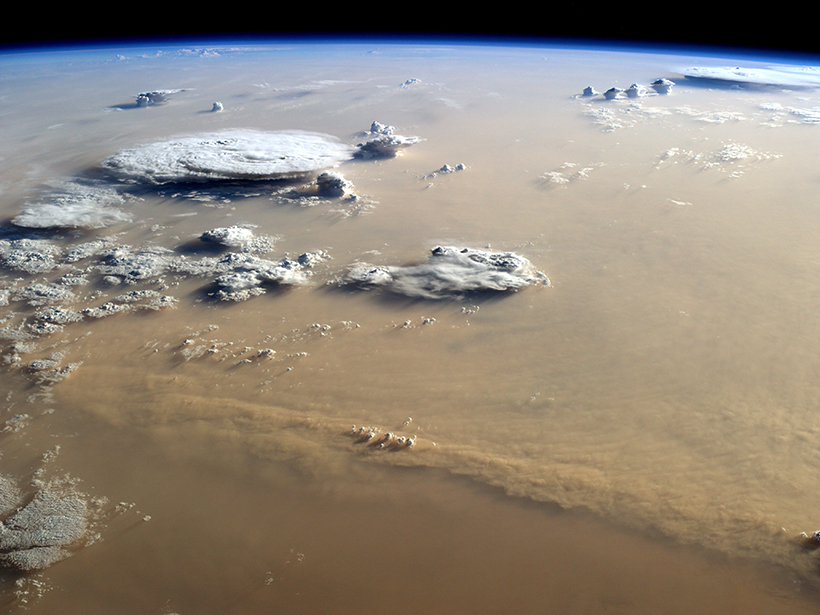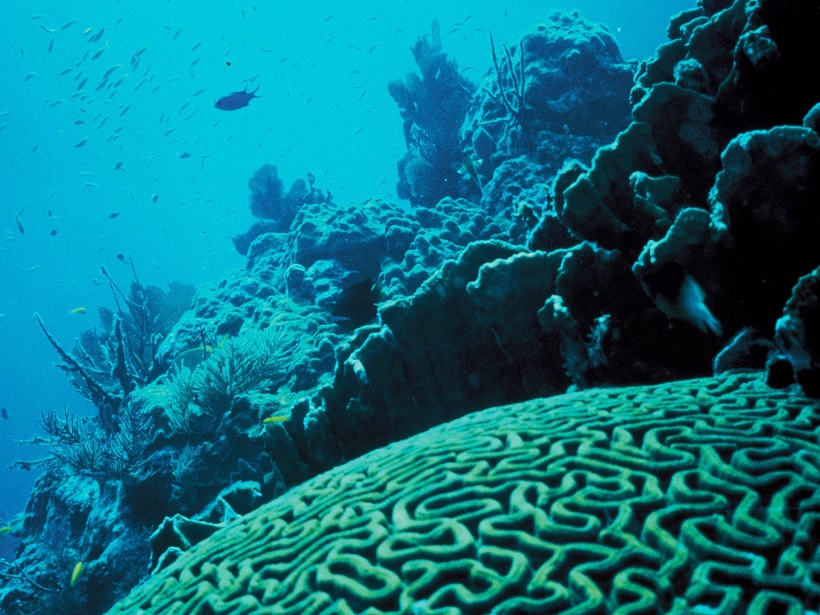Biological oceanographers Paul Falkowski and James McCarthy helped revolutionize the world’s understanding of Earth’s changing climate, both past and present.
CC BY-NC-ND 2018
Exploring How Space Weather Can Damage Power Grids
A new model of geomagnetically induced currents revisits how space weather damaged a New Zealand grid transformer in 2001, and shows how much worse it could be in a space weather superstorm.
Pinpointing Effects of Hadley Cell Expansion
As a major atmospheric circulation system spreads farther poleward, some regions are drying out. But as time passes, will this drying be symmetrical across the globe?
AGU Editor Picks for 2018 Ocean Sciences Meeting
Recommendations from AGU’s journal editors of some of the most interesting paper and poster sessions at this year’s Ocean Sciences Meeting.
Damage Assessment by Laser Could Focus Postearthquake Response
Airborne lidar surveys taken before and after a powerful 2016 earthquake in Japan revealed the potential for such surveys to identify hard-hit buildings quickly.
Nominee for Key U.S. Environmental Agency Withdraws
Democrats urge the Trump administration to nominate somebody who has respect for science and environmental laws to lead the White House Council on Environmental Quality.
Erasing a Billion Years of Geologic Time Across the Globe
The Great Unconformity—a huge time gap in the rock record—may have been triggered by the uplift of an ancient supercontinent, say researchers using a novel method for dating rocks.
Incorporating Physical Processes into Sea Level Projections
Including the effects of physical mechanisms that can quickly increase ice sheet discharge significantly raises sea level rise projections under high-emission scenarios.
What Will Redwood Trees Do Without Foggy Days?
Coastal California fog—a key source of water for the iconic redwood tree—has declined by a third. Can a trace gas, carbonyl sulfide, be used to assess the effect on plant productivity?










